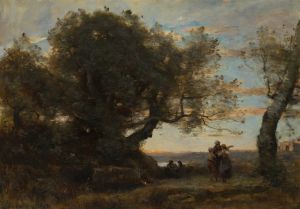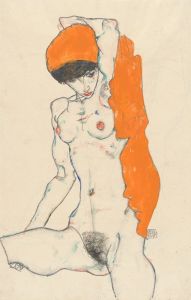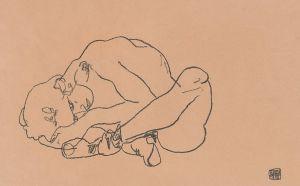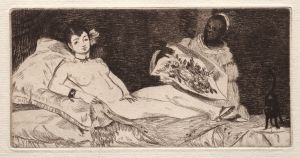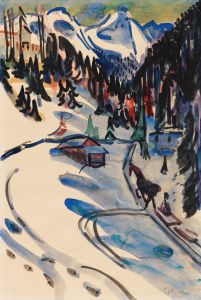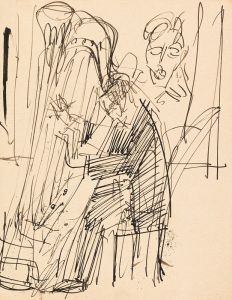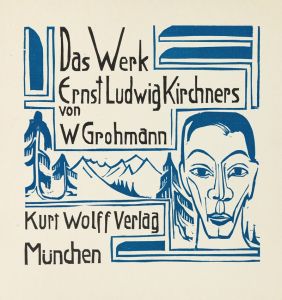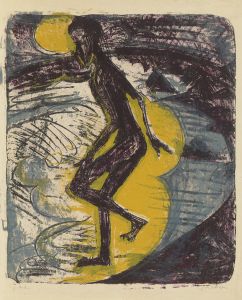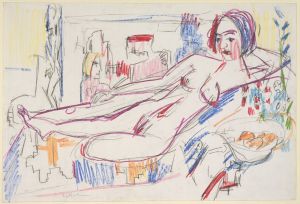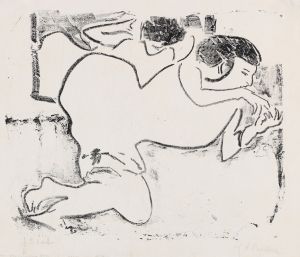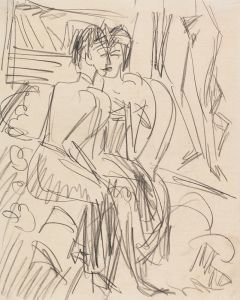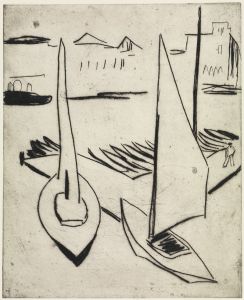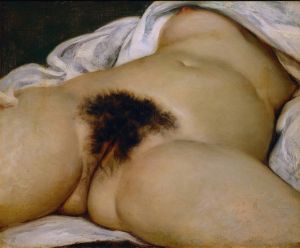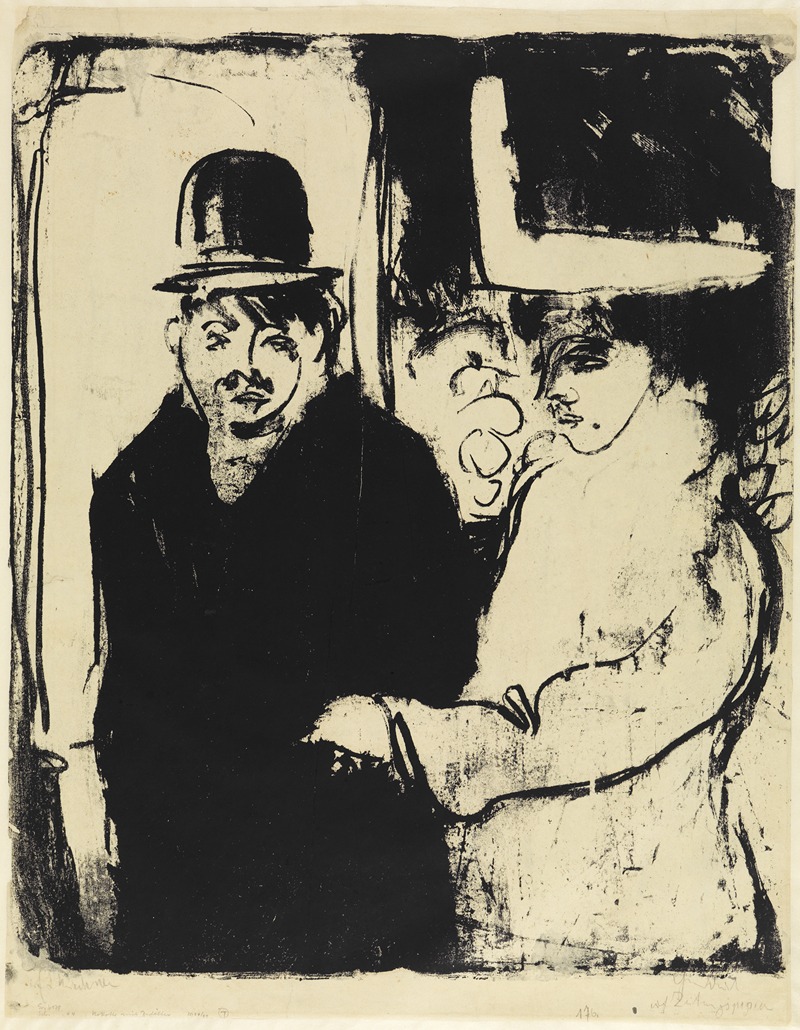
Kokotte und Zuhälter
A hand-painted replica of Ernst Ludwig Kirchner’s masterpiece Kokotte und Zuhälter, meticulously crafted by professional artists to capture the true essence of the original. Each piece is created with museum-quality canvas and rare mineral pigments, carefully painted by experienced artists with delicate brushstrokes and rich, layered colors to perfectly recreate the texture of the original artwork. Unlike machine-printed reproductions, this hand-painted version brings the painting to life, infused with the artist’s emotions and skill in every stroke. Whether for personal collection or home decoration, it instantly elevates the artistic atmosphere of any space.
Ernst Ludwig Kirchner, a prominent German expressionist painter and one of the founding members of the art group Die Brücke, created the painting Kokotte und Zuhälter (Cocotte and Pimp) in 1914. This artwork is a striking example of Kirchner's bold use of color, dynamic composition, and exploration of urban life, themes that were central to his work during this period.
The painting depicts a scene of urban decadence, featuring a cocotte (a term used in the early 20th century to describe a fashionable prostitute or courtesan) and her pimp. The figures are rendered in Kirchner's characteristic angular and distorted style, which emphasizes emotional intensity and psychological tension. The vibrant, contrasting colors and sharp lines reflect the influence of Fauvism and African art, both of which were significant inspirations for Kirchner and the Die Brücke group.
Kokotte und Zuhälter is part of Kirchner's broader exploration of Berlin's nightlife and the complexities of modern urban existence. After moving to Berlin in 1911, Kirchner became fascinated by the city's vibrant yet alienating atmosphere. His works from this period often depict scenes of cabarets, dance halls, and street life, capturing the energy and dissonance of the metropolis. This painting, like many others from this time, reflects Kirchner's interest in the interplay between individuals and their environment, as well as the social dynamics of the city.
The painting also reflects the broader cultural and social changes occurring in Germany during the early 20th century. The rapid urbanization and industrialization of the period brought about significant shifts in societal norms and values, which were often explored by artists of the expressionist movement. Kirchner's work, including Kokotte und Zuhälter, can be seen as a response to these changes, offering a critical yet empathetic perspective on the complexities of modern life.
Today, Kokotte und Zuhälter is recognized as an important example of Kirchner's contribution to modern art and his ability to capture the spirit of his time. The painting is held in a private collection, and its exact location is not publicly disclosed. Kirchner's works, including this piece, continue to be celebrated for their innovative approach to form and color, as well as their profound engagement with the social and psychological dimensions of modernity.





